A few years ago National Geographic produced a glossy coffee-table album devoted to “the world’s 400 best travel experiences.” In it, besides Athens and the islands, Greece had a third entry: Messinia in the southwest Peloponnese. The selection of this fertile, gentle region over more renowned spots on the Classical tour like Delphi, Olympia and the Argolid might seem unorthodox until you give it a closer look. In fact, it possesses just about everything a traveler could wish for: Beaches, including one that makes all the Top 10 lists; an award-winning luxury resort; a string of mountain lakes; a bird-watcher’s haven; succulent fruits and vegetables; and a monument or memory from almost every period of Greek history, from Homer’s time to our own.
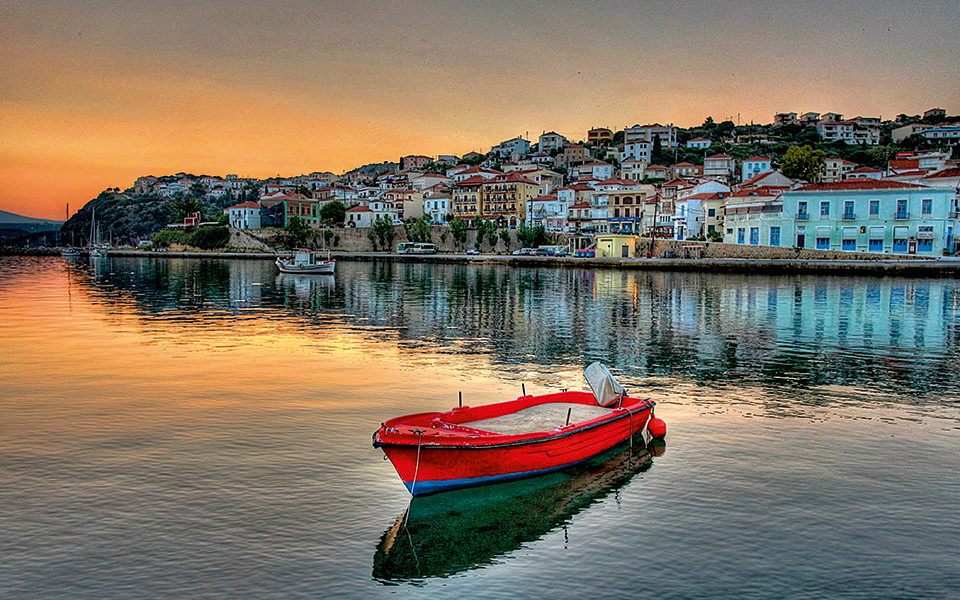
© GettyImages/IdealImage
But what will immediately strike you are the olive trees. Silvery leaves flickering in the breeze, trunks twisted into surreal shapes, they cover the plain and hills from Kalamata to Pylos, for this is the largest grove in Greece and the source of much of its extra virgin oil and its famous olives. When you finally reach the Ionian after driving through this sea of olives, you will have arrived at south end of the longest stretch of beach in Greece. “Sandy Pylos” was how Homer described Nestor’s domain in The Odyssey and the name still fits. The palace of this garrulous king spread over a hilltop 17 kilometers north of the modern town, overlooking an almost perfectly round, practically closed bay. Today this stunning circle of white sand ringing turquoise waters wins all the contests for most beautiful beach on the Peloponnese. Surely it deserves a more dignified name than Voidokoilia or “Cow’s Belly,” but it too has ancient origins, harking back to the myth that Hermes hid cattle he’d stolen from Apollo in a nearby cave.
If you remember the opulent feast Nestor laid on for Odysseus’ son, you’ll find evidence for it and other banquets here, in the huge throne room, and at the small museum at Hora, 4 kilometers further north. The palace pantry contained 2,853 tall stemmed drinking cups, 6,000 vases and 300 cooking pots. Huge jars for wine and olive oil filled the storerooms, some still resting in their sockets and, most importantly, inventoried on clay tablets in Linear B, an early form of Greek.
When you finally reach the Ionian after driving through this sea of olives, you will have arrived at south end of the longest stretch of beach in Greece.
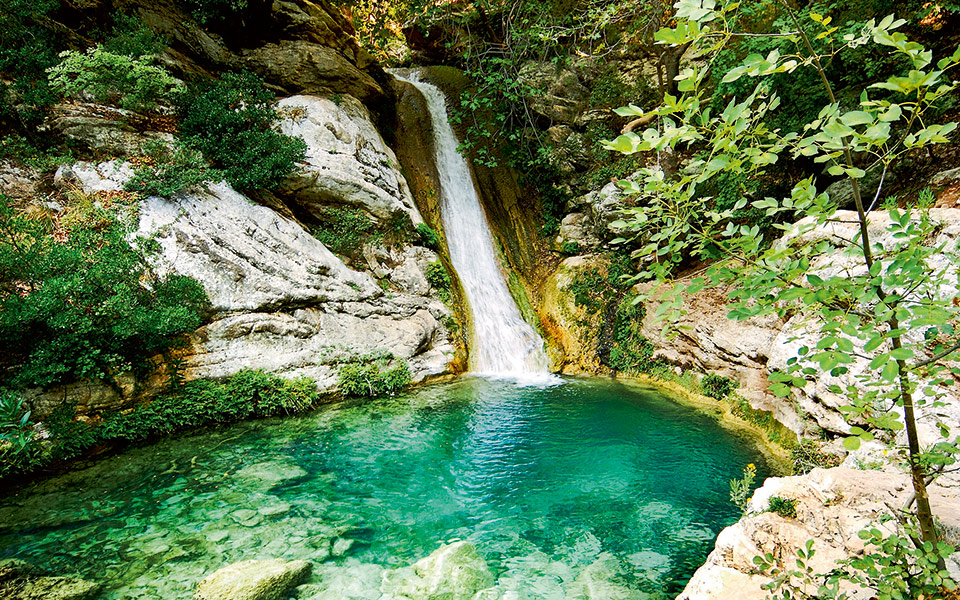
Pylos itself, a charming, mostly 19th century town, rises up behind an even larger, virtually enclosed bay called Navarino, a name with Slavic roots. As every Greek schoolchild knows, the two battles fought in this drowsy, peaceful setting more than two millennia apart, changed the course of Greek history.
The longish island blocking the entrance is Sphakteria, famous for a stand-off between Athenians and Spartans in the eighth year of the Peloponnesian War. As Thucydides says, this was “a strange alteration in the ordinary run of things for Athenians to be fighting a battle on land – and Spartan land too – against Spartans attacking from the sea.” After a 72-day siege, the Spartans did the unthinkable. They surrendered, allowing themselves to be taken prisoner by a mere 800 Athenians. Unfortunately, this proved a pyrrhic victory. The war slogged on for another 19 years and the Golden Age ended with it.
Koroni is a lively town with whitewashed alleys to wander in and tavernas and cafes to retire to after a swim on its pleasant beach
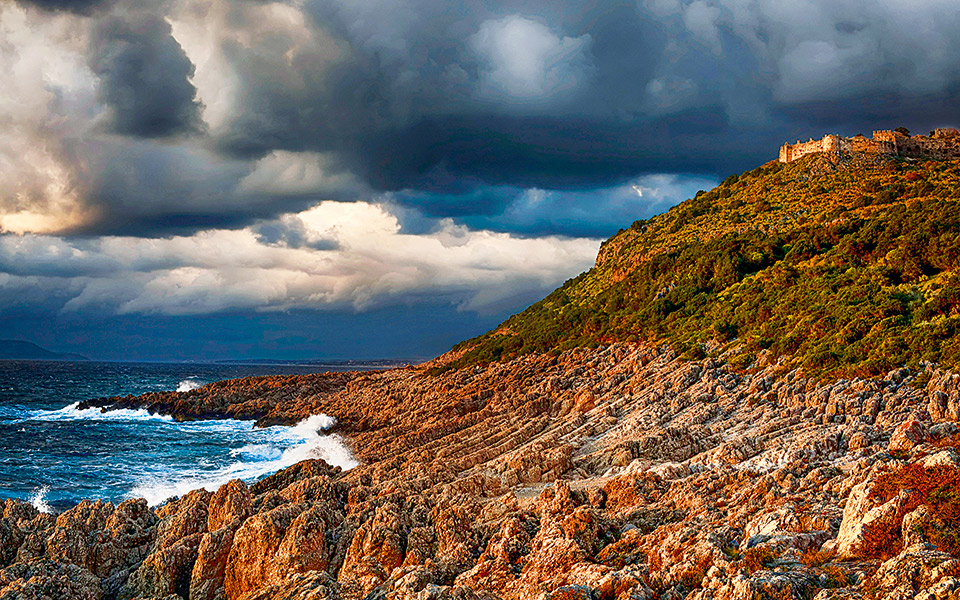
© Perikles Merakos
The second, far noisier, far quicker battle was to prove crucial in the Greek War of Independence from the Ottoman Turks. Instead of the few yachts, fishing caiques and a tramp steamer or two that you see now, the bay was chockablock with three-masters and smaller ships belonging to the combined navies of England, France and Russia facing the Turkish-Egyptian fleet. The Great Powers had simply sailed in one fine October day in 1827 to scare the Muslims out of the Peloponnese. They hadn’t intended to get involved themselves, but as they repeated their demand for Ottoman withdrawal, a nervous Turkish recruit fired a few shots, and the combined cannon of the Great Powers thundered back. By dusk they had sunk 53 ships and 6,000 sailors had gone down with them. In contrast, not a single allied ship was lost and only 174 men had died.
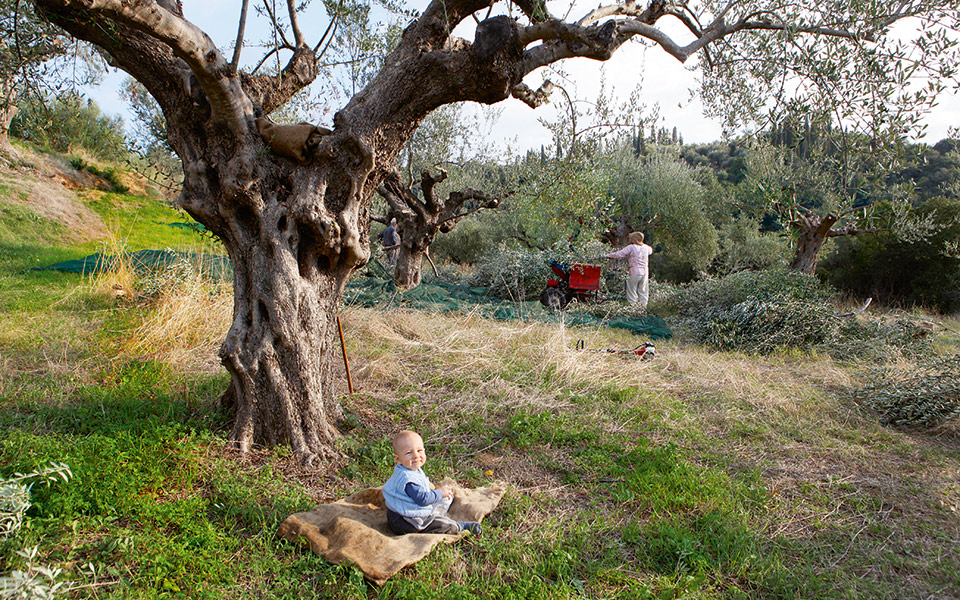
© Katerina Kampiti
Although the Sultan did not grant Greece independence until 1829, the defeat at Navarino certainly hastened it. In the town itself, the only reminder of the famous sea battle is a memorial to the three admirals who won it in the square named after them. And the only remnant of the Turkish presence is the gray castle that still looms above the red-roofed houses on the slope and the fish tavernas on the waterfront. It’s called Niokastro to distinguish it from the ancient foundations of Palaiokastro, across the bay.
Rebuilt by Frankish Crusaders after the conquest of Constantinople in 1204, it surveys one of the most important habitats for wild birds in Greece, Gialova Lagoon, where some 270 species have been counted.
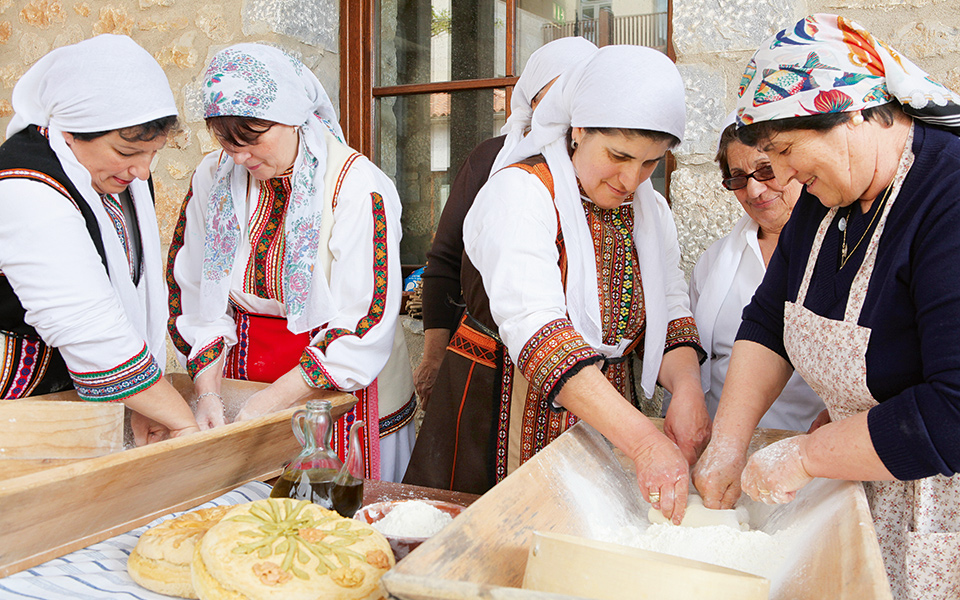
For two of Greece’s most spectacular castles, go to the end of the peninsula, Methoni on the Ionian side, Koroni on the Gulf of Messinia. Built by the Venetians, they were dubbed “the chief eyes of the Serene Republic.” From them, she could control all traffic entering the Ionian/Adriatic. The two could not be more different.
Imposing Koroni rises almost seamlessly from the coastal rocks, but is surprisingly cozy inside its walls, where you’ll find a humble con- vent with churches and a cemetery plus a few medieval-looking houses. Outside its precincts a lively town is clustered, with whitewashed alleys to wander in and tavernas and cafes to retire to after a swim on its pleasant beach.
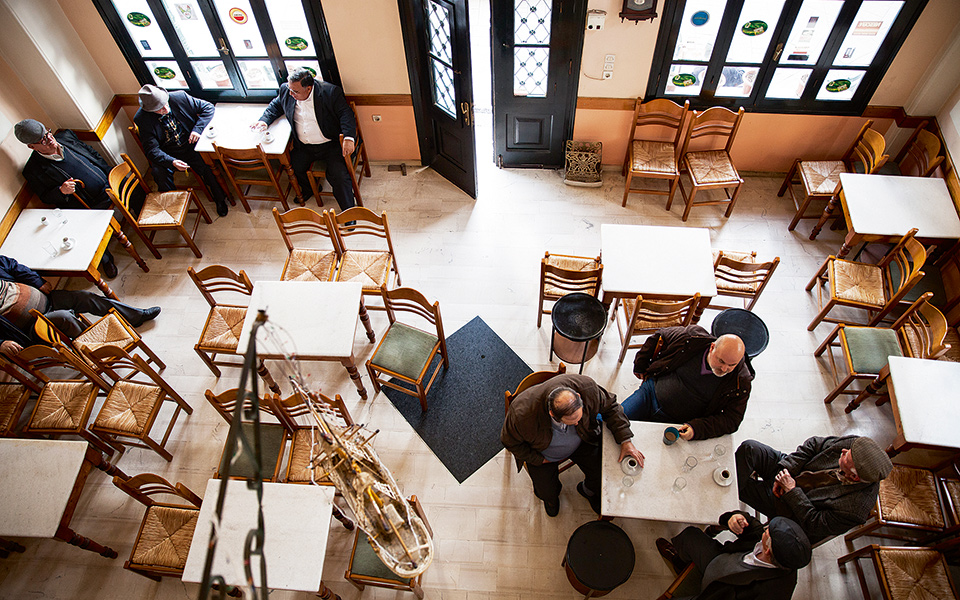
© Dimitris Vlaikos
The summer village of Methoni preceding its castle is hard to imagine as the “important half-way house between Venice and the Holy Land, at which every traveler stopped on his way to the east.” But its fortress, straddling a wild and weedy peninsula of its own, is a fine example of Venetian military architecture, with elegant towers, massive gray walls, a wide moat bridged by an arched causeway, and at its end, a perfect miniature, the octagonal Bourtzi, an islet of itself. They make an unusual backdrop for a swim from the golden beach there.
Finally, there’s a present-day “castle” – the world-class luxury resort Costa Navarino, which opened in 2010. There you can play guilt-free golf knowing that the courses are watered ecologically, dine on excellent local products and inspect the special interactive exhibits on Messinian wildlife. With all these landmarks, manmade and natural, Messinia really does deserve to be the next “in” destination in Greece.












